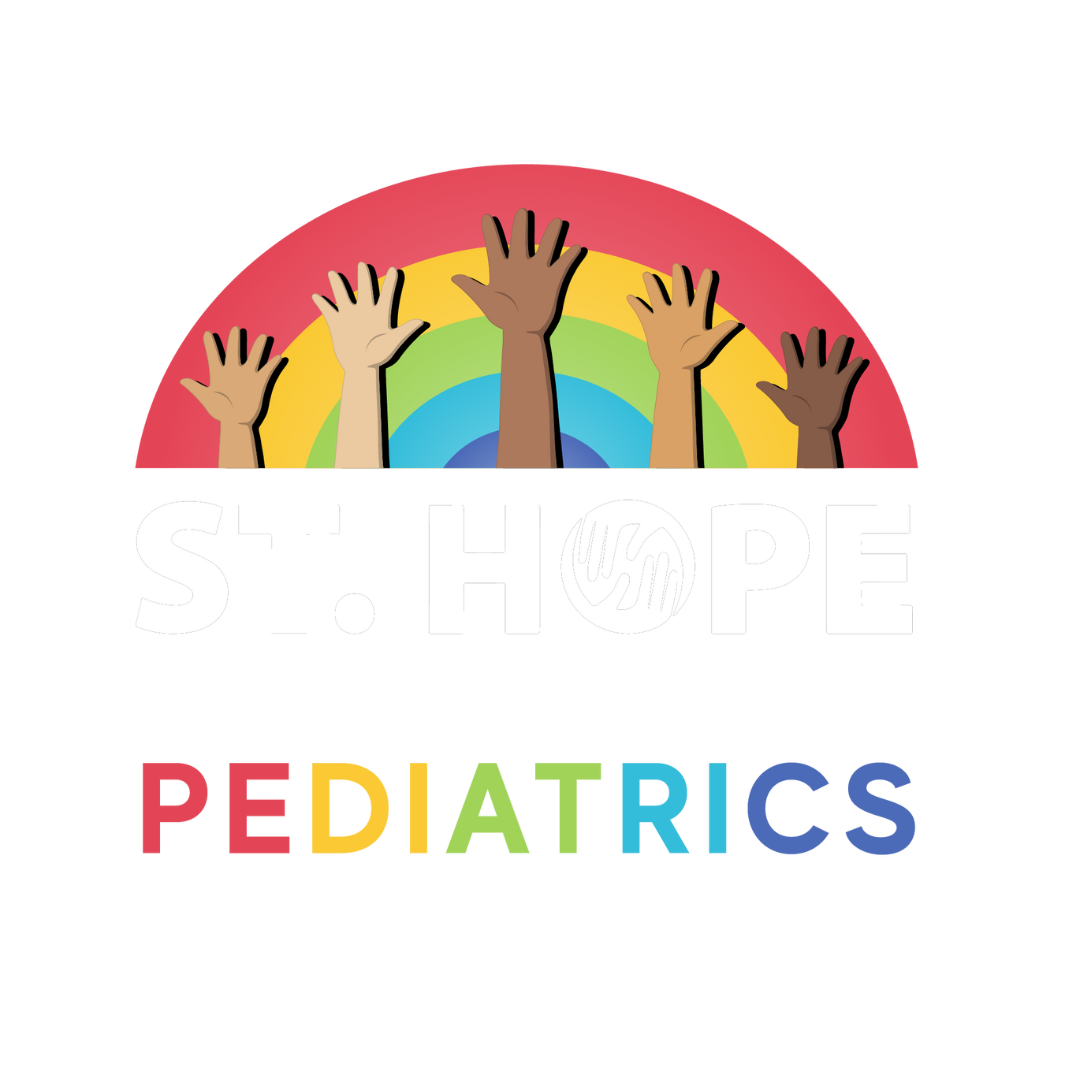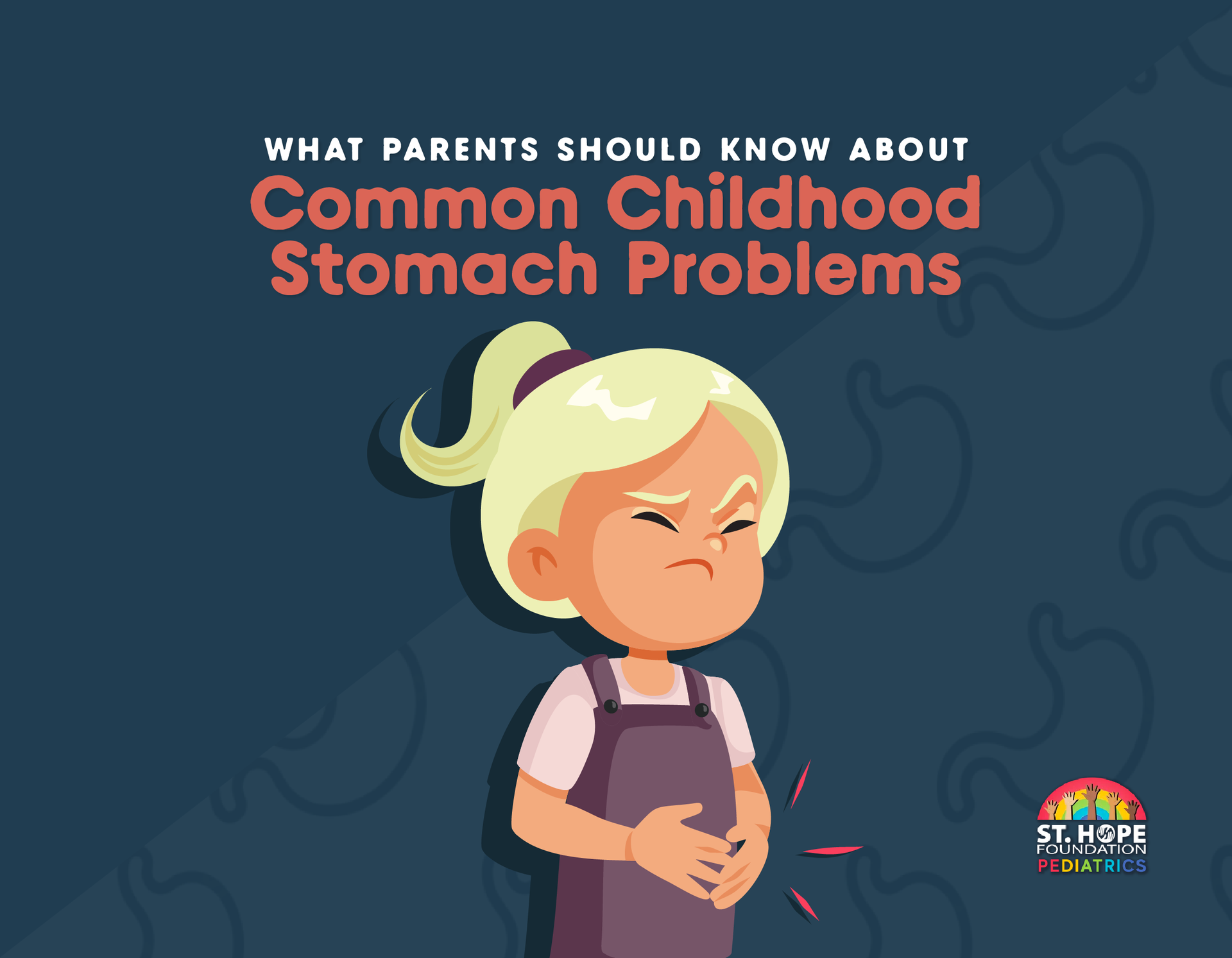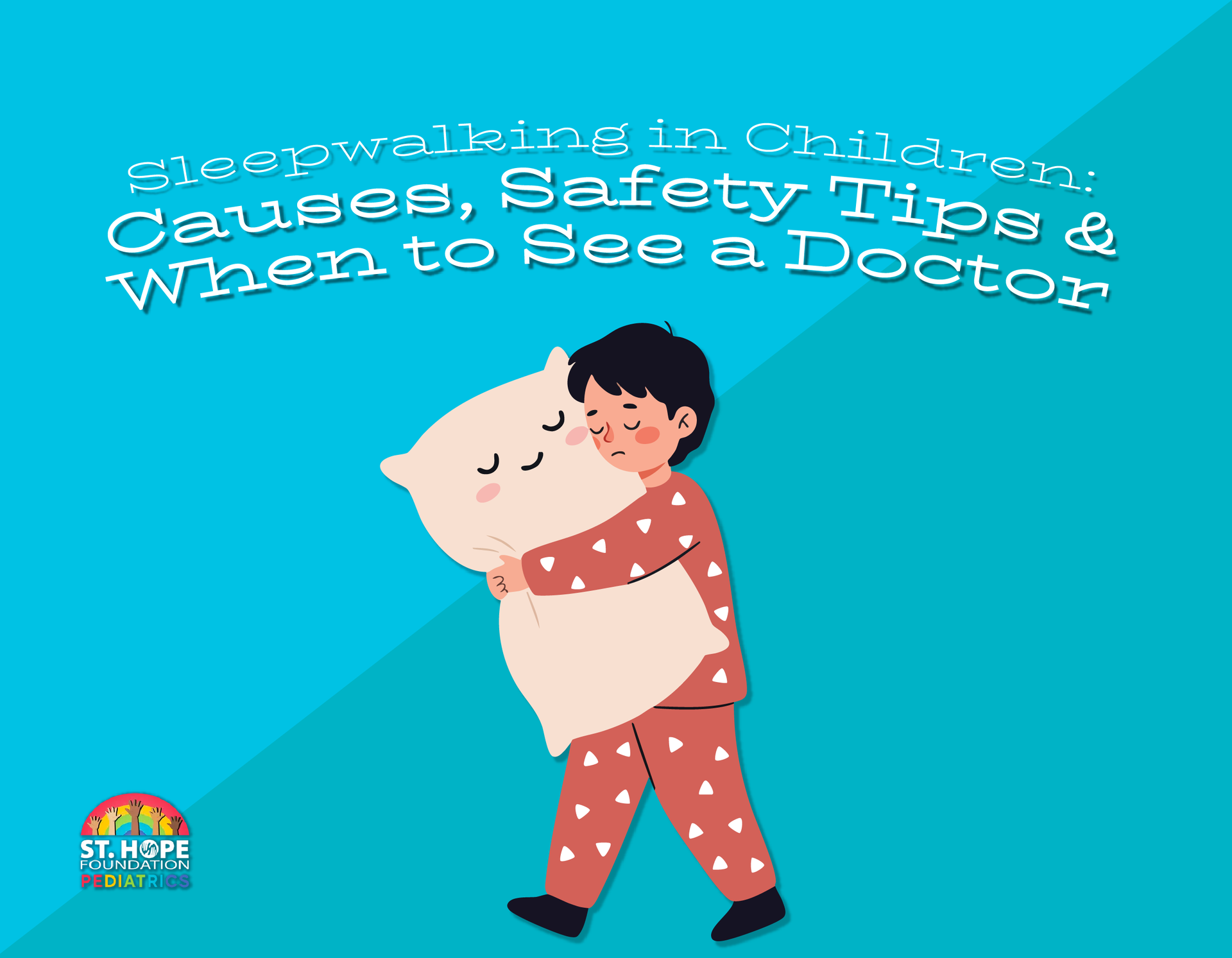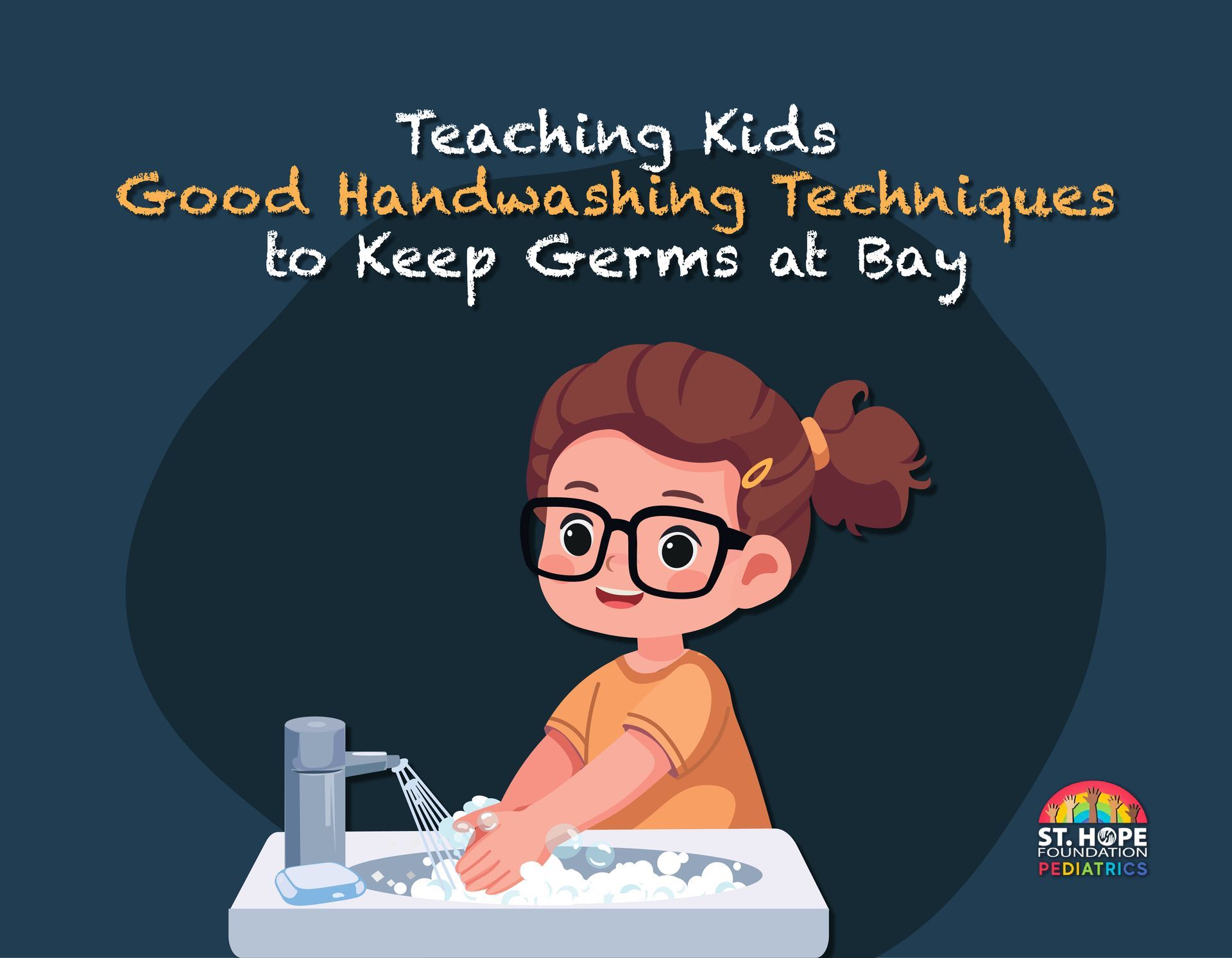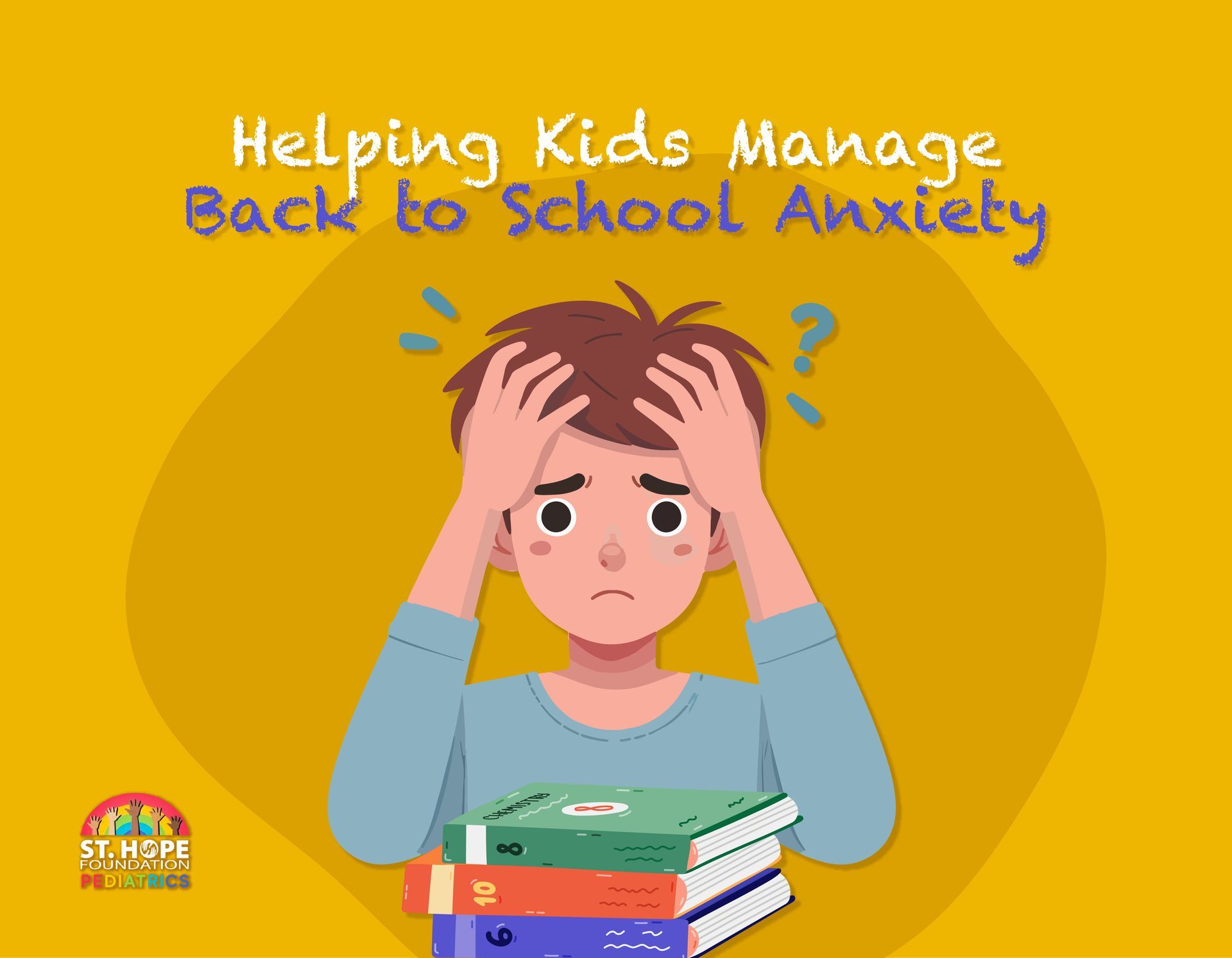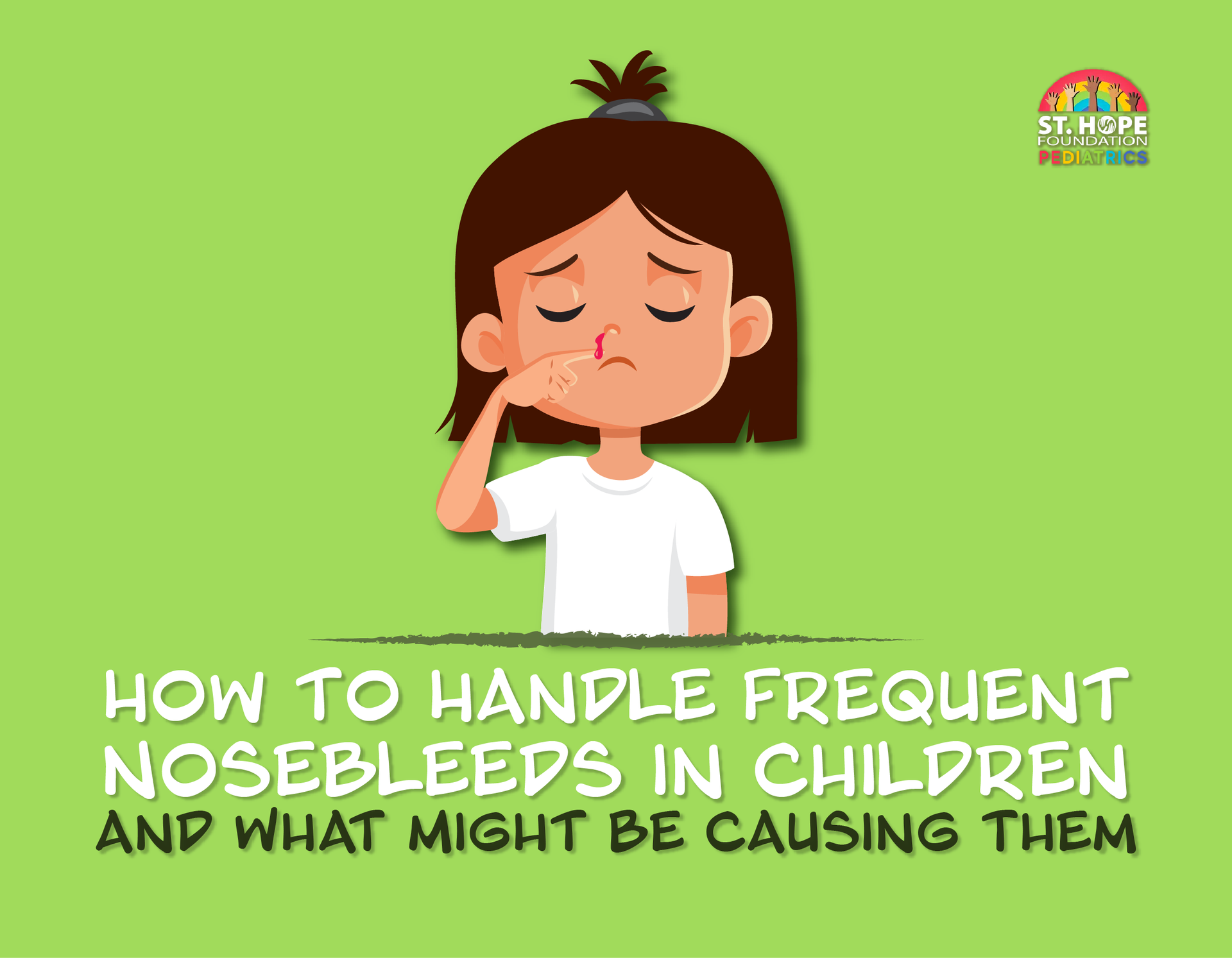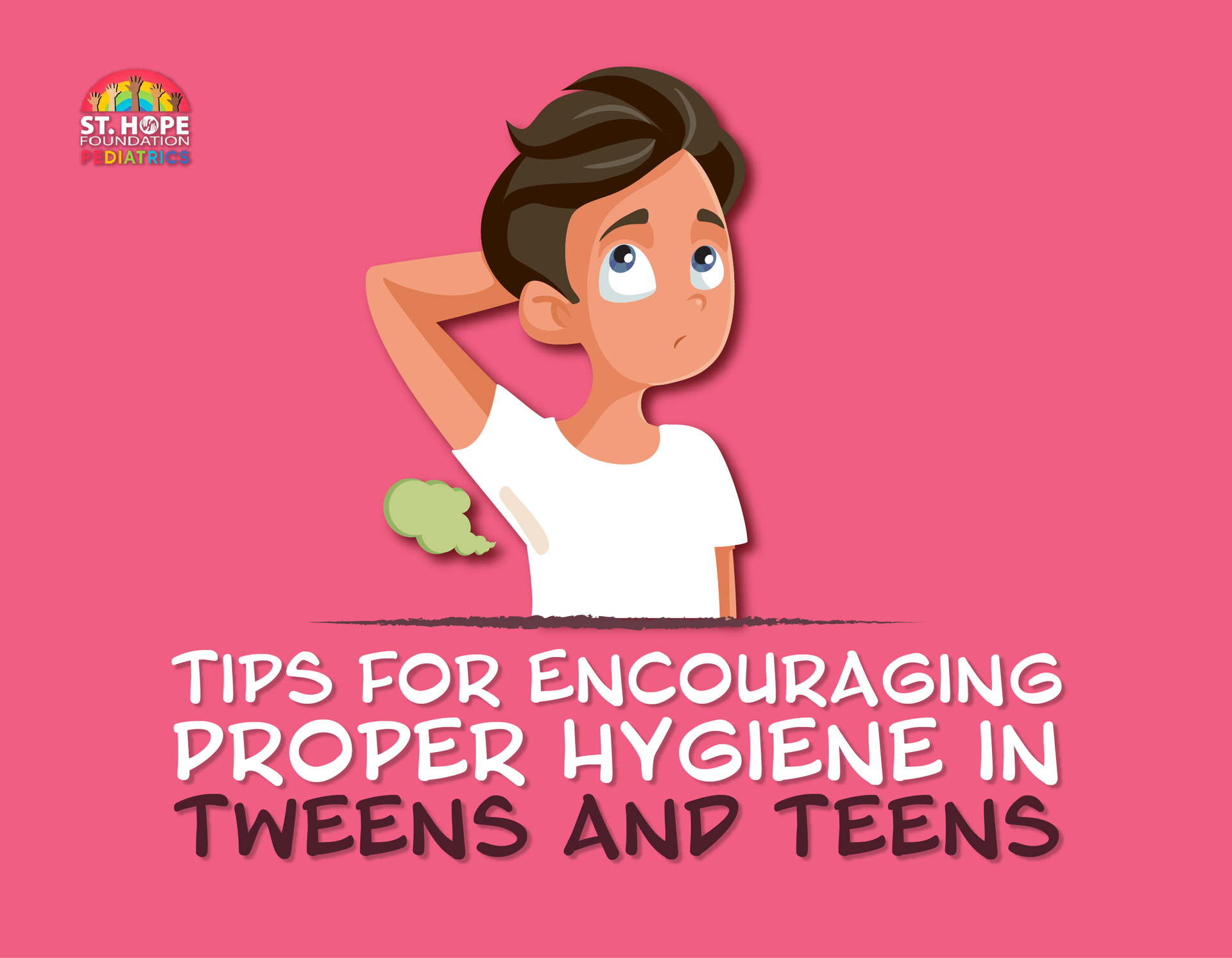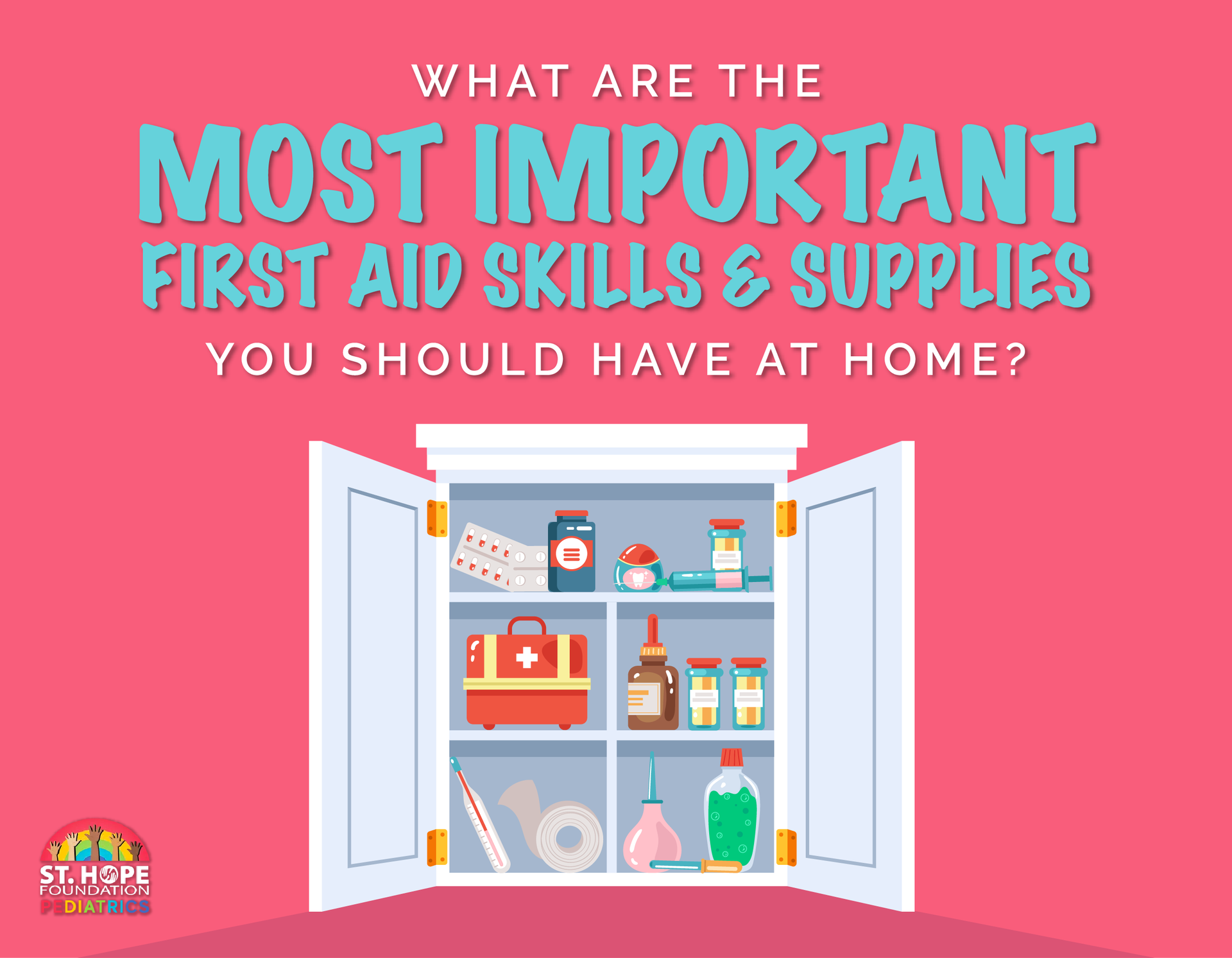
Hopefully, you never have to perform first aid on your child. But with how accident-prone children can be and all the things imaginable and unimaginable that can hurt them, you can’t risk being unprepared. Having first aid skills you can rely on in an emergency before you can get to the ER is key to protecting your child in the worst-case scenario.
Our experienced pediatricians can educate new parents on vital first aid skills and products. We will give you expert guidance and compassionate support so you can have peace of mind about your abilities to treat cuts and bruises or handle a more serious injury, allergic reaction or flare-up of a chronic condition.
Essential First Aid Supplies
- Bandages and dressings
- Antiseptics
- Thermometer
- Tweezers and scissors
- CPR mask
- Instant cold packs
- Eye wash solution
- Hydrocortisone cream
- EpiPens
- Splints or slings
- Alcohol swabs
How to Perform the Two Most Important First Aid Skills
CPR (Cardiopulmonary Resuscitation)
CPR is critical, life-saving knowledge for everyone to have. The world can be a dangerous place, especially for adventurous children, and parents need to know how to give their child CPR, though hopefully they will never have to put that knowledge to use.
CPR for children and babies is different from standard CPR:
- Check if your child is unresponsive and feel for breathing. The best tactic is to shout their name (or shout anything if they’re too young to recognize their name), tap them, then shout again. For babies, tap the bottom of their foot. If they’re still not responding, call 911 and start CPR.
- Place your child on a firm surface.
- For a child, place the heels of your hands on the center of their chest; for toddlers, use just one hand and for babies, use just your fingers (either your thumbs or two fingers).
- Put your shoulders directly over your hand(s), lock your elbows and push down two inches hard and fast for 30 compressions at a rate of 100 to 120 per minute. Allow the chest to fully rise before compressing again. For babies, use your thumbs to push down about one and a half inches at the same rate.
- After 30 compressions, give two breaths: tilt the head, pinch the nose, cover the mouth and breathe in for 1 second each.
Choking Relief
Choking is one of the most common threats parents face on a day-to-day basis, which makes the Heimlich a must-know procedure for parents. Like CPR, the Heimlich maneuver varies slightly for children and infants, although the differences are minor.
To perform the Heimlich, wrap your arms around your child’s waist, place a fist just below their chest, holding it with your other arm, and press into the abdomen repeatedly until the lodged food comes out. For children, your thrusts should be less forceful but still powerful enough to dislodge the stuck object. After the piece comes out, go to their doctor immediately to make sure a particle didn’t infiltrate their lung.
For babies, call 911, then hold the baby face down on your forearm and give five forceful blows between their shoulder blades. If this doesn’t work, curl the baby on their side with their head lower than their chest, place two fingers on their chest just below the nipple line and push in and up five times. Repeat this until the object is dislodged or they pass out – in which case perform CPR until emergency personnel arrive.
Other Critical First Aid Skills
- Wound Care: Clean wound with an antiseptic solution, or soap and water, and cover with bandages. Clean the wound and change the bandage daily to prevent infection. Seek medical attention immediately if the wound is deep, longer than half an inch, has ragged edges or continues to bleed after applying pressure for 15 minutes.
- Bloody Noses: Have your child sit up and lean forward slightly to prevent blood from going down their throat. Pinch the soft area before the bridge of their nostrils for about 10 minutes. Avoid having them blow their nose immediately after a nosebleed stops.
- Fever Care: Dress the child in light layers to prevent overheating. Ensure they stay hydrated and check their temperature regularly. Consider giving them Children’s Tylenol or another type of fever-reducing medicine.
- Allergic Reactions: Call 911 and administer an EpiPen on the outer thigh, only administering a second dose if there’s no sign of improvement five minutes after the first dose. Monitor their breathing and ensure they get medical attention promptly.
- Concussions: After a head injury, monitor them for dizziness, pupil dilation and incoherence. Seek medical attention immediately if any of these concussion symptoms are present.
- Broken Bone: Immobilize the suspected broken bone using a splint or cloth if unavailable to prevent further injury until you’re able to reach an emergency room or urgent care clinic.
Our Experienced Pediatricians Are Here to Teach New Houston Parents Everything They Need to Know
Learn more about how we’ve been giving families across the Houston metro area peace of mind about their child’s health – call St. Hope Healthcare at (713) 778-1300 today and schedule a general wellness appointment.
